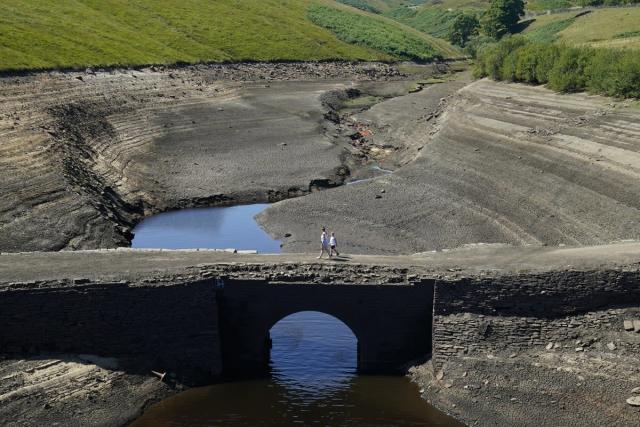Latest reports show that at least thirteen rivers in England are currently at their lowest ever recorded levels, as the nation suffers from its driest July in nearly 90 years.
This week, experts said that there was no running water or sign of marine life within almost 10 miles of the usual source of the River Thames and the temporary shift could become permanent.
This is even as the UK Centre for Ecology and Hydrology warned Britain’s rivers would run low until November, and “exceptionally so” in central and southern England.
Read also: WCS and the mission to protect Nigeria’s remaining Lions
Drought is known to destroy river ecosystems by killing off species such as fish, plants and other organisms, making high levels of pollution even more concentrated, while heatwaves reduce oxygen levels, causing algal blooms.
A report by the Environment Agency had found that monthly mean river flows last month fell at most of the sites it monitors compared with June, as authorities declared a drought across swathes of England.
The state of Britain’s waterways has increasingly alarmed environmentalists, with water companies extracting water from chalk streams and discharging sewage into rivers.
While most of England’s rivers were classed as notably low for July and more than a quarter classed as exceptionally low for the time of year, reservoir stocks also fell last month at all reservoirs the Environment Agency reports.
“With the exception of the River Lune in northwest England, which remains classed as normal, and the Great Stour, which is classed as exceptionally low, all other regional index sites’ monthly mean flows were classed as below normal or notably low for the time of year,” the reports say.
Story was adapted from Independent.
